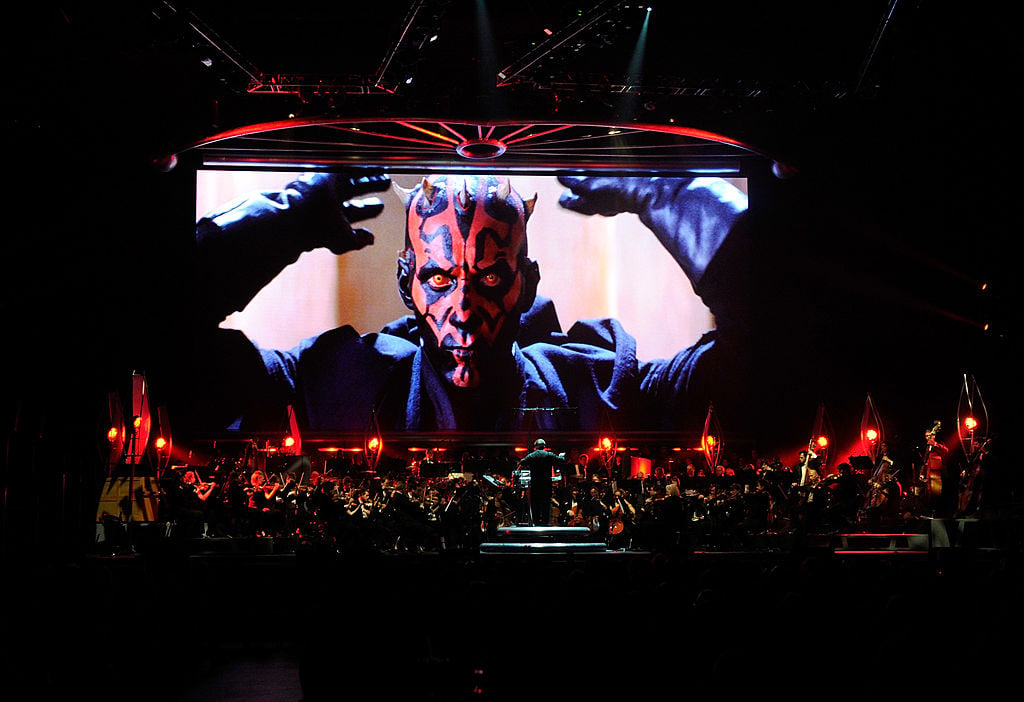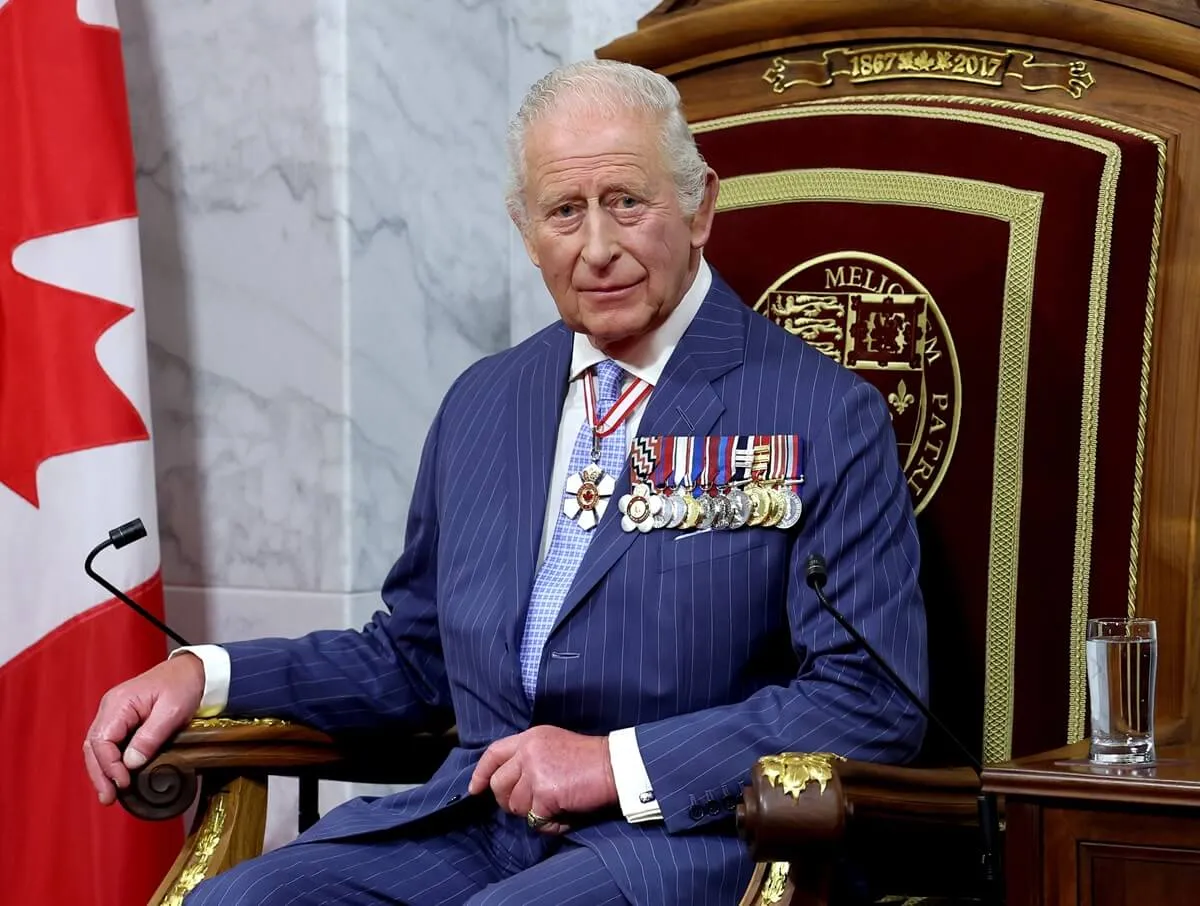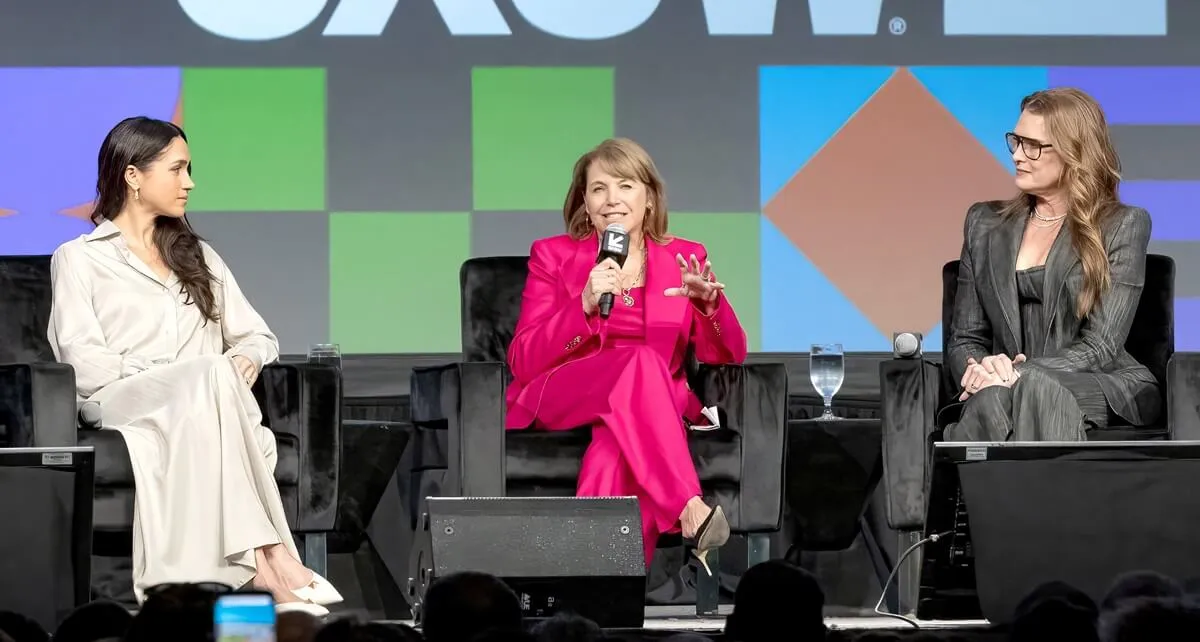Here’s Why ‘Star Wars: The Phantom Menace’ is Actually Pretty Great
It’s a long debate: are the prequels good? It’s a pretty popular opinion that no, they’re not. But, the kids who grew up with the prequels are now adults and have more of a voice online to defend them. Plus, none of the prequels are as poorly rated as The Rise of Skywalker, the final sequel movie, which came out in December. Not that critics’ opinions are the end-all, be-all, though. The great thing about Star Wars is that there are so many characters and movies, everyone can have something that speaks to them. But when it comes to The Phantom Menace, which gets the most hate of the prequels, it’s really not as bad as some remember. Here’s why.

It’s the only film that has Qui-Gon Jinn, an interesting Jedi
As stated before, The Phantom Menace gets a really bad rep in Star Wars discourse. A lot of people’s problems with it has to do with the exposition. It’s the very first prequel film and first Star Wars movie George Lucas made since 1983’s Return of the Jedi. So the story focuses heavily on introducing all these new, but highly important characters. One of which is Qui-Gon Jinn.
While the story can get bogged down at parts, including Qui-Gon is essential. It sets the stage for how Anakin Skywalker was brought into the Jedi Order and it also shows how Obi-Wan Kenobi became his master. Not to mention, Qui-Gon is one of the more interesting Jedi. He uses Jedi mind tricks on people, which they’re not really supposed to do.
He’s just an overall calm, collected guy who is understated but essential. It’s a shame he was only in one film, but the novel Master & Apprentice really gets into his and Obi-Wan’s dynamic, which is fascinating. He strayed from the Code, as mentioned above, refused a seat on the Jedi Council, and was Padawan to Count Dooku.
It really gets into the politics of the Republic, almost more than the rest of the films
Another major critique you hear a lot about The Phantom Menace is that it has no plot. While you can say what you want about the writing and dialogue, you can’t say there isn’t a plot. Naboo, a generally peaceful planet with a very small military, is taken over by the Trade Federation, and the Jedi step in.
You might forget, but Jedi are the peacekeepers of the galaxy and work with the Republic to bring that peace. So, they stepped in during this blockade to negotiate the planet’s release, and that’s basically what the movie is about. There are other aspects, like the confirmation that the Sith aren’t extinct and Anakin Skywalker’s Chosen One prophecy, but the essential plot revolves around Naboo, Queen Amidala, and major changes within the Senate.
This is what makes The Phantom Menace so fascinating. This is looked at more with The Clone Wars, but the politics of the Republic are a great focus here. Considering Star Wars is about, well, wars, this first movie does a great job of sorting that out for the audience. It shows how and why planets are getting annoyed with the Republic and how it, potentially, leads to the massive Clone Wars.
Also, this politic-heavy story sets up Palpatine as a leading politician. It was part of his plan to rise to the position of chancellor and he manipulates Queen Amidala into giving him that power. She’s in desperate need to save her planet, and the Republic Senate isn’t doing anything. Palpatine uses Amidala as a pawn to kick Chancellor Velorum out, and leads the way for him to step in.
It’s really the only time Padmé gets her fair share at screen time and decent writing
Speaking of Queen Amidala, she has a really significant role in The Phantom Menace. As stated above, her planet is the one that’s under the Trade Federation’s blockade and eventually invaded. She is the leader of the planet and is willing to even travel back, risking jail, to be with her people.
While Padmé is so often overlooked or thrown aside as a weak character, that’s simply not true. Episode I showcases just how strong she is and a really good shooter as well. She uses her diplomatic expertise to gain the trust of the Gungans, the native population that Naboo has ignored for years. She is on the front lines when it comes to fighting, and she’s only 15 when this all goes down.
While she doesn’t have the best writing in Revenge of the Sith, The Phantom Menace and Attack of the Clones really hit home that Padmé Amidala is a political icon. And The Clone Wars shows that further, with her amazingly moving speeches and the fact that she was targeted several times by assassins. Everyone wanted her dead because she was too powerful kept alive. And that all started with The Phantom Menace.
“Duel of the Fates.” That’s it. That’s the last reason.
This last one is really the only final point you need to have on The Phantom Menace. “Duel of the Fates.” It slaps, it will always slap, and the fight scene it plays over is one of the best in all of Star Wars.
First off, Darth Maul makes his big entrance in this movie, which alerts the Jedi to the fact that the Sith aren’t extinct which is what they thought for 1,000 years. And Maul is a fighter. He’s deadly, cruel, and scarily quick. The Clone Wars goes into more of his character and backstory, but in this first movie, Darth Maul was the stuff of nightmares.
While Darth Maul killing Qui-Gon is incredibly sad, it makes Obi-Wan Kenobi killing Maul even more satisfying. While “Battle of the Heroes” is great, there’s really something to be said about “Duel of the Fates.”


